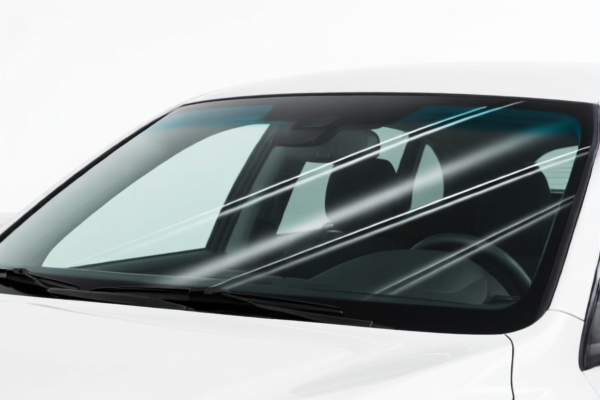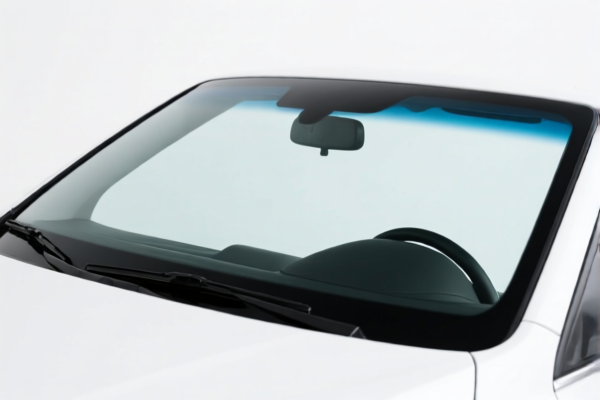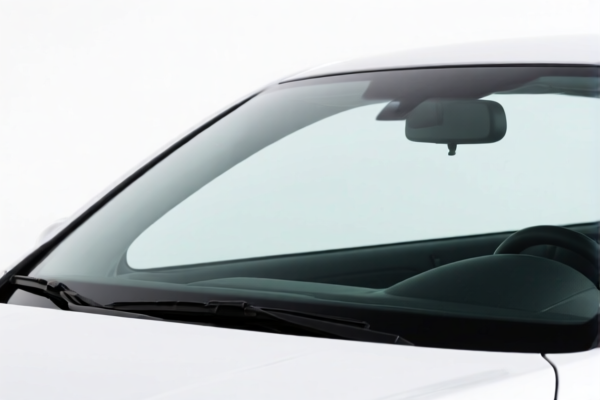Found 5 matching results
(CN → US)
| HS Code | Official Doc | Tariff Rate | Origin | Destination | Effective Date |
|---|---|---|---|---|---|
| 7007211190 | Doc | 59.9% | CN | US | 2025-05-12 |
| 7007190000 | Doc | 60.0% | CN | US | 2025-05-12 |
| 7007215100 | Doc | 59.9% | CN | US | 2025-05-12 |
| 7007110010 | Doc | 60.5% | CN | US | 2025-05-12 |
| 7007110090 | Doc | 60.5% | CN | US | 2025-05-12 |




Windshields, also known as windscreens, are a laminated safety glass or plastic barrier mounted on the front, and sometimes rear, of a vehicle to protect the occupants from wind, debris, and other hazards while driving.
Material
- Laminated Glass: The most common material. It consists of two curved sheets of glass bonded together with a plastic interlayer, typically polyvinyl butyral (PVB). This construction provides strength and prevents shattering, holding fragments together upon impact.
- Tempered Glass: Older vehicles may use tempered glass, which is stronger than standard glass but breaks into small, relatively harmless pieces upon impact. Less common now due to safety concerns compared to laminated glass.
- Acrylic/Polycarbonate: Used in some specialized vehicles or as aftermarket replacements, offering lighter weight and high impact resistance.
Purpose
- Protection: Shields occupants from external elements like wind, rain, snow, dust, insects, and road debris.
- Structural Integrity: Contributes to the vehicle’s structural rigidity, particularly in rollover accidents. The windshield helps prevent the roof from collapsing.
- Visibility: Provides a clear view of the road ahead.
- Airbag Support: Designed to work with the vehicle’s airbag system, providing a backstop for deployment.
Function
- Impact Resistance: Absorbs and distributes impact force, minimizing the risk of penetration.
- UV Protection: Filters out harmful ultraviolet (UV) rays, protecting occupants and the vehicle’s interior.
- Sound Insulation: Reduces noise from wind and road traffic.
- Defrost/Demist: Integrated heating elements (defrosters) clear condensation and ice.
Usage Scenarios
- Standard Vehicle Operation: Essential for safe driving in all weather conditions.
- Accident Protection: Crucial safety component in collisions, preventing ejection and reducing injury severity.
- High-Speed Driving: Maintains visibility and stability at higher speeds.
- Off-Road Driving: Protects against rocks, branches, and other obstacles.
Common Types/Features
- Standard Windshields: Basic windshields offering standard protection.
- Acoustic Windshields: Incorporate a sound-dampening interlayer to reduce noise levels.
- Heated Windshields: Feature embedded heating elements for faster defrosting and demisting.
- Rain Sensors: Automatically activate windshield wipers when rain is detected.
- Head-Up Display (HUD) Windshields: Designed to project information onto the windshield within the driver’s line of sight.
- Infrared-Reflecting Windshields: Reduce heat buildup inside the vehicle.
- Aftermarket Windshields: Replacements offering enhanced features or materials.
Windshields are safety glass designed for vehicle applications, providing protection and visibility. Several HS codes may apply depending on the specific characteristics and intended use.
- 7007211110: This code covers laminated safety glass specifically of size and shape suitable for incorporation in vehicles, aircraft, spacecraft or vessels, and is for windshields for motor vehicles of chapter 87. The first two digits (70) indicate glass and glassware. The next two (07) specify glass of specific shapes. The following digits further define laminated safety glass for vehicles. The base tariff is 4.9%, with additional tariffs of 25.0% and a future increase to 30.0% on April 2, 2025, resulting in a total tariff of 59.9%.
- 7007211190: This code also covers laminated safety glass of size and shape suitable for incorporation in vehicles, aircraft, spacecraft or vessels, but is for windshields other than those specifically for motor vehicles of chapter 87. The tariff structure is identical to 7007211110: a base tariff of 4.9%, with additional tariffs of 25.0% and a future increase to 30.0% on April 2, 2025, resulting in a total tariff of 59.9%.
- 8708220000: This code applies to front windscreens (windshields), rear windows and other windows specified in subheading note 1 to this chapter and is for parts and accessories of the motor vehicles of headings 8701 to 8705. The first two digits (87) indicate motor vehicles. The next two (08) specify parts and accessories. The base tariff is 2.5%, with additional tariffs of 25.0% and a future increase to 30.0% on April 2, 2025, resulting in a total tariff of 2.5% + 55.0%.
- 3920910000: This code covers of other plastics: Of poly(vinyl butyral) and is for other plates, sheets, film, foil and strip, of plastics, noncellular and not reinforced, laminated, supported or similarly combined with other materials. The first two digits (39) indicate plastics. The next two (20) specify plates, sheets, film, foil and strip. The base tariff is 4.2%, with additional tariffs of 25.0% and a future increase to 30.0% on April 2, 2025, resulting in a total tariff of 59.2%.
Regarding HS code 8708220000, please note the reference to "subheading note 1 to this chapter," which may require further clarification to ensure correct classification.
Customer Reviews
No reviews yet.